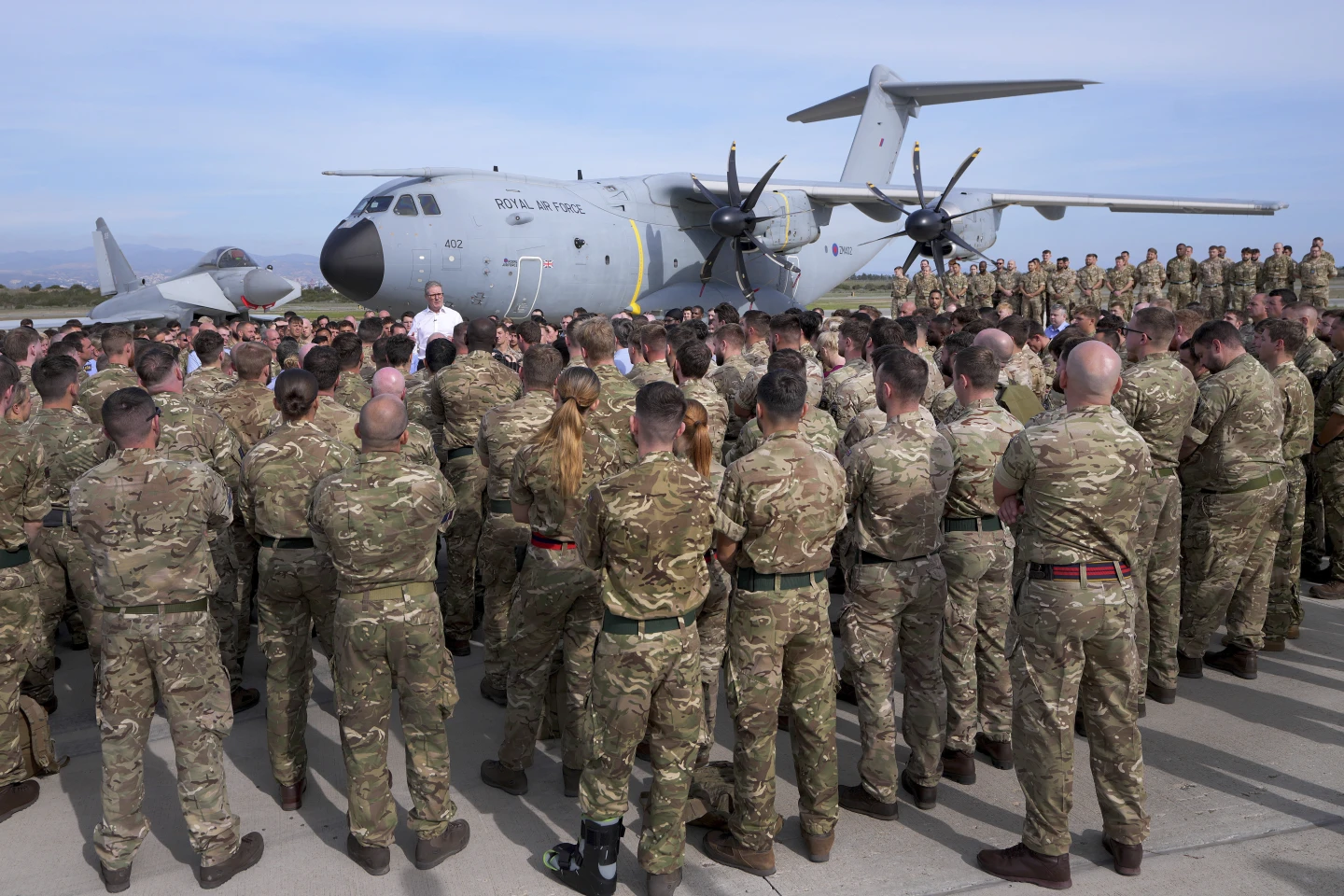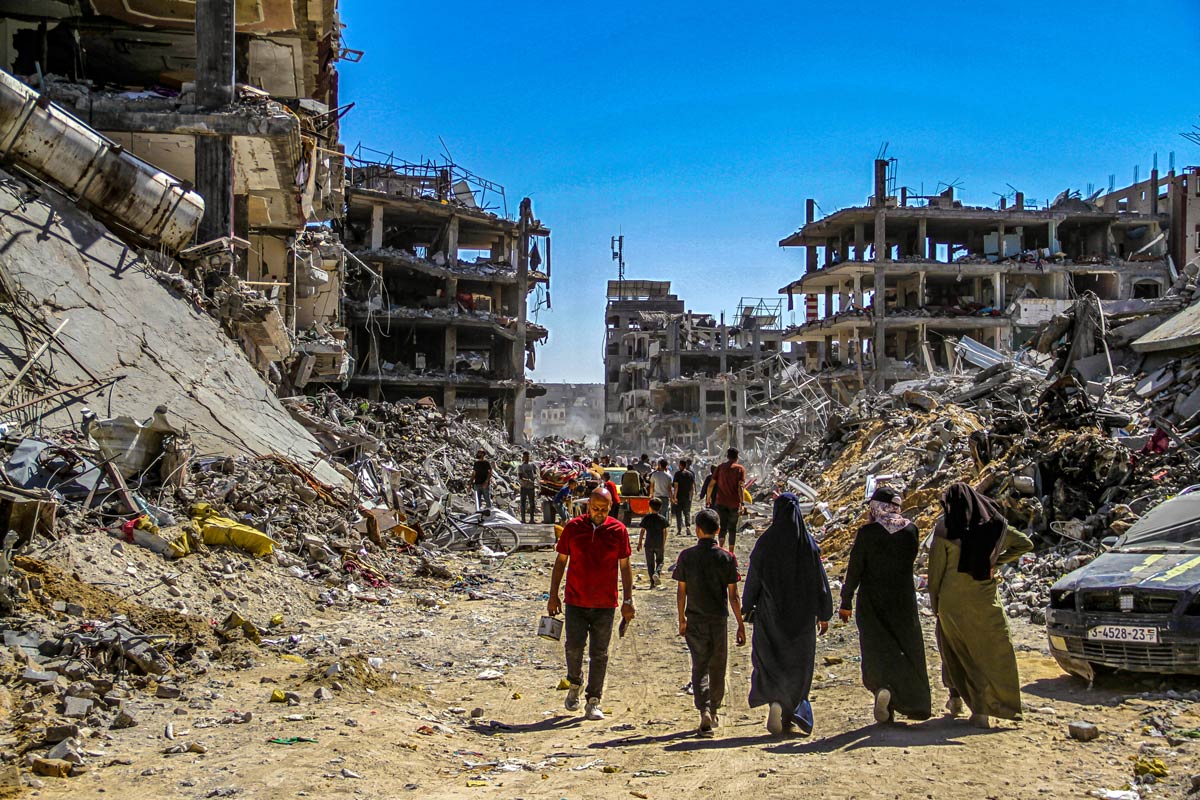Following a dramatic White House meeting, U.S. military support for Ukraine remains uncertain. Washington appears poised to cut assistance before a resolution is reached, potentially pressuring Ukraine into an unstable ceasefire. This scenario would leave Ukraine in a state of insecurity while Europe prepares for the possibility of renewed conflict.
Without sustained military and economic backing, Russia may exploit the situation to destabilize Ukraine politically and economically, potentially setting the stage for another war. To counter this, Ukraine’s military must be maintained, and Russia effectively deterred.
The likelihood of continued U.S. military and financial support for Ukraine is diminishing. Washington is shifting the responsibility onto European nations, leaving them to address Ukraine’s security needs post-ceasefire. Despite President Zelensky’s diplomatic efforts, the U.S. has signaled no intention of providing security guarantees or a direct military presence.
Consequently, Europe must devise a strategy to support Ukraine without compromising its own NATO defense commitments, particularly as the U.S. may also reduce its presence on the continent.
Although the scale of Russia’s forces and the length of the front line suggest an overwhelming challenge, European nations can manage the situation with proper investments and strategic planning. A credible European military commitment is achievable if member states are willing to bear the financial and logistical costs.
France and the United Kingdom are already discussing such an initiative, and Turkey may also contribute. However, misconceptions about troop requirements and force deployment must be addressed to ensure an effective and realistic mission.

European Troops Can Support Ukraine’s Defense Without Directly Engaging in Frontline Combat
A secure NATO is contingent on an independent Ukraine with a strong military. The primary objective of any European force would be to support Ukraine’s armed forces through training and reconstitution rather than acting as a traditional peacekeeping force.
The mission would enhance Ukraine’s ability to defend itself while deterring further Russian aggression by introducing Western military presence into the conflict equation. The focus would be on strategic deterrence rather than maintaining an expansive frontline deployment.
European troops would not be required across the entire front but should focus on key strategic regions such as Kyiv, Kharkiv, and Donetsk. A force with sufficient mobility would be capable of rapid redeployment to counter potential Russian offensives.
This force would act as a deterrent rather than a frontline combat unit, backing Ukrainian troops and increasing the risks for Russia should it contemplate further aggression. A well-positioned European force would reinforce Ukraine’s confidence and reduce the risk of complete demobilization post-ceasefire.
Given Russia’s degraded force quality, an initial deployment of three combat brigades (15,000–20,000 troops) could be effective. This presence could be scaled up over time, reaching a total of 45,000–60,000 personnel, including rotational forces. A European-led training mission could also be relocated from the UK to Ukraine, improving the effectiveness of Ukrainian troops. A balance must be maintained to prevent excessive duplication of command structures while ensuring an efficient force deployment.

Europe Can Bolster Ukraine’s Defense Without Provoking Full-Scale War
Concerns about European troops facing Russian strikes are valid, but evidence suggests that dispersal, fortifications, and modern air defense systems effectively mitigate risks. Ukraine’s air defense, primarily composed of Western systems, has proven highly effective in intercepting Russian attacks. A multinational force could minimize its footprint to reduce vulnerability. Furthermore, potential skirmishes with Russian forces would not necessarily escalate into full-scale war, as past precedents have shown.
Supporting Ukraine will require European nations to reassess their existing NATO commitments and allocate additional defense resources. With increased military spending pledges, Europe has the capacity to sustain a presence in Ukraine without undermining broader security obligations. A multinational division operating under European command would enable joint training exercises and coordination with Ukrainian forces while leveraging European air power for additional deterrence.
Despite resource constraints, European nations, particularly France and the UK, are contemplating a deployment of up to 30,000 personnel. However, European leaders must demonstrate the political will to match rhetorical commitments with tangible military support. The primary responsibility should rest with Western European nations rather than frontline states like Poland, which have their own defense priorities. Turkey’s participation could further strengthen the initiative.
The greatest challenge is determining how Russia would respond to a European military presence in Ukraine. While Moscow has publicly opposed such a move, the actual likelihood of an immediate Russian escalation remains uncertain. A strategically positioned force could strengthen Ukraine’s defenses without provoking direct confrontation. Ultimately, Europe must decide whether preventing Ukraine’s collapse is a priority worth the necessary investment. Without decisive action, Europe risks facing a more emboldened Russia in the future.


